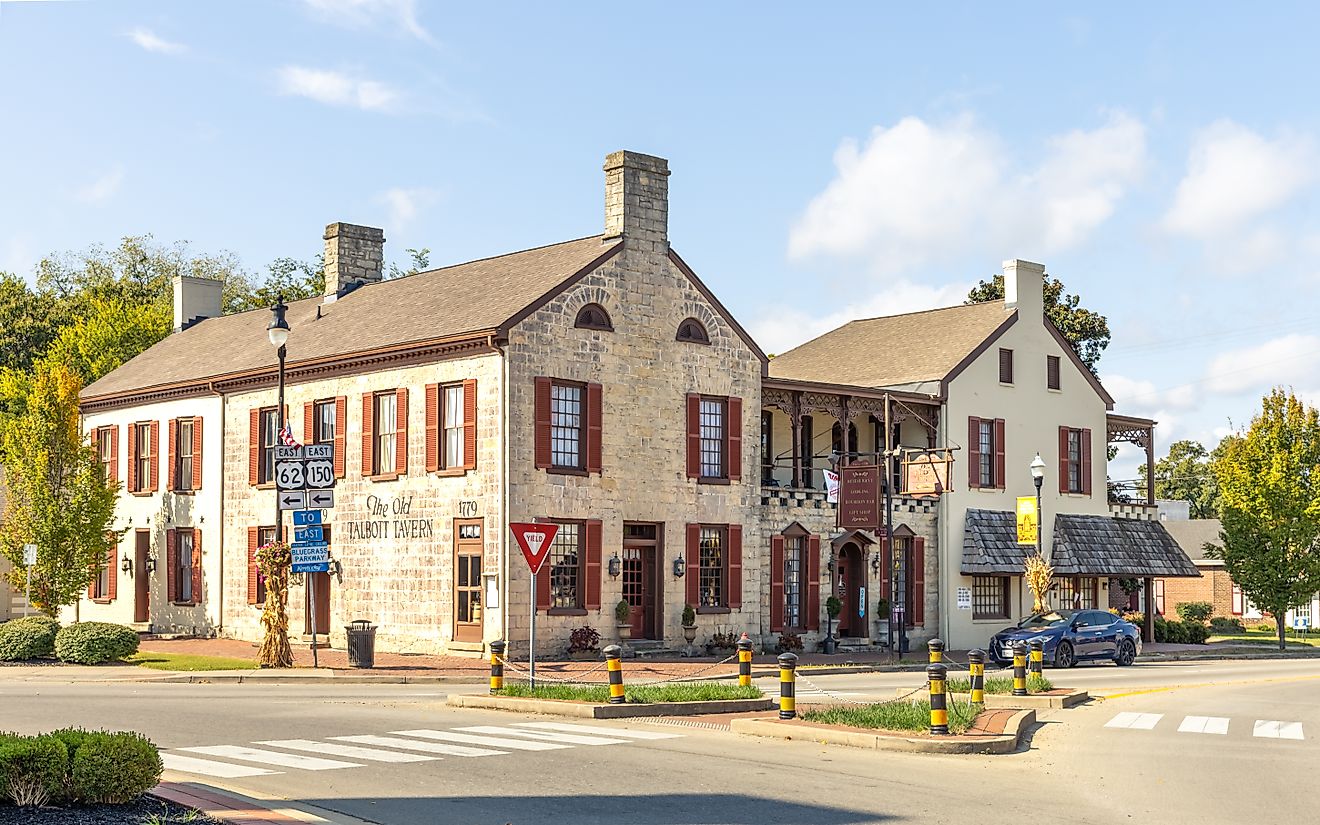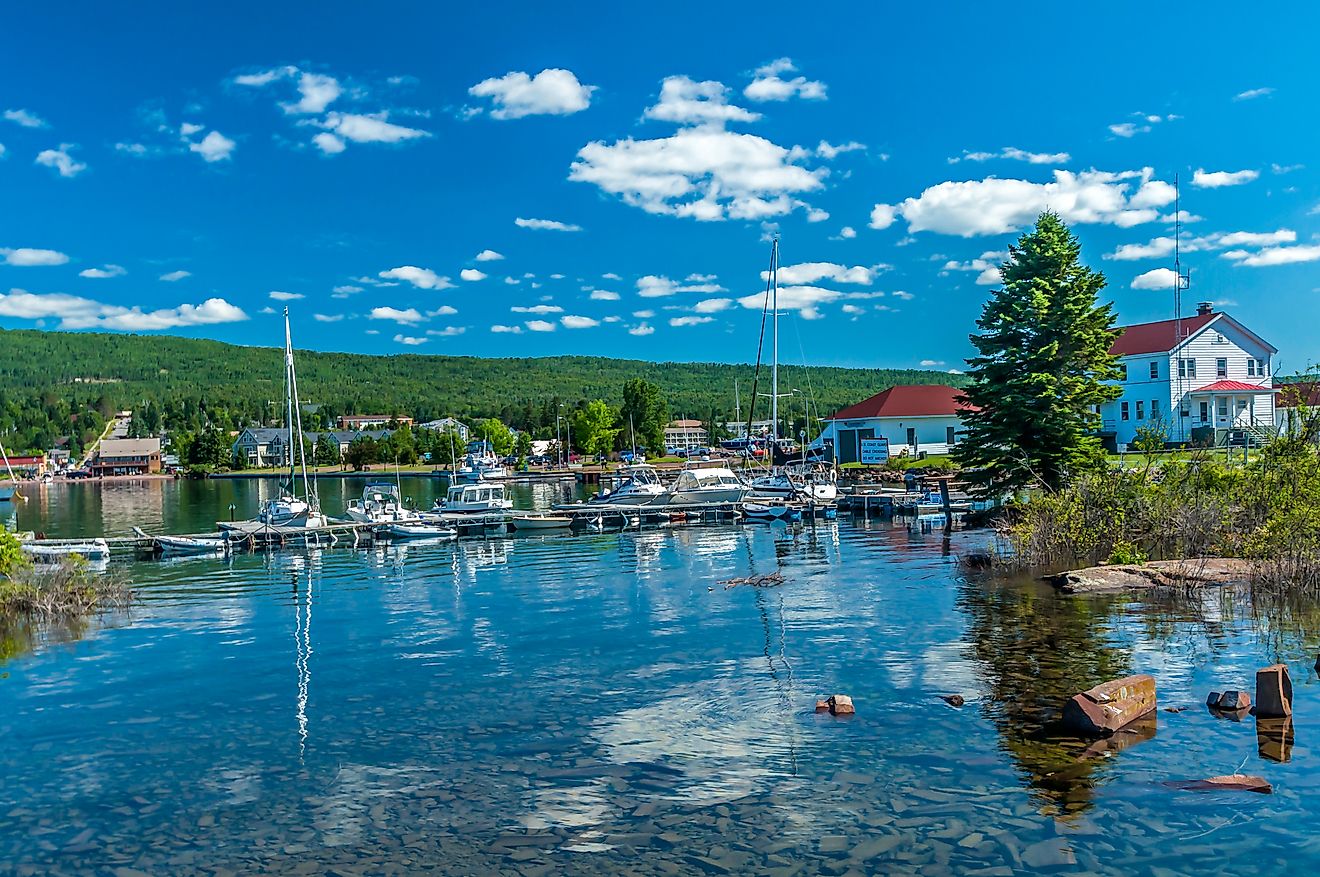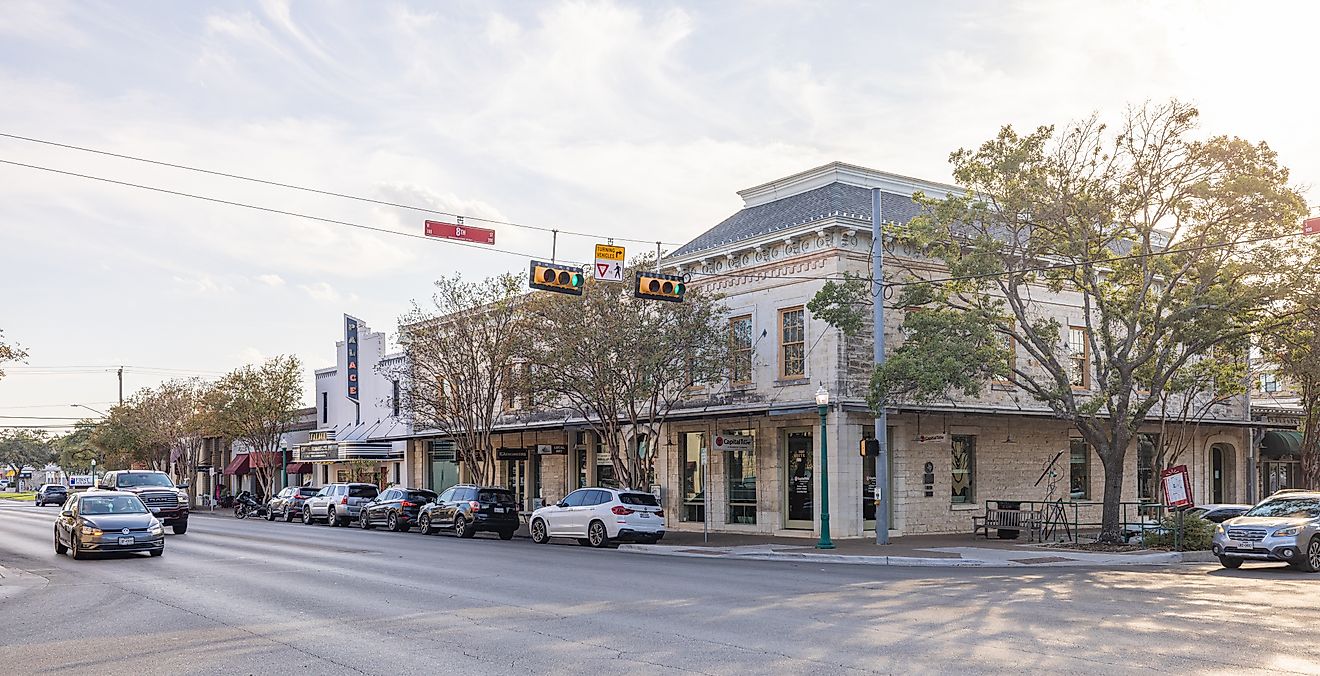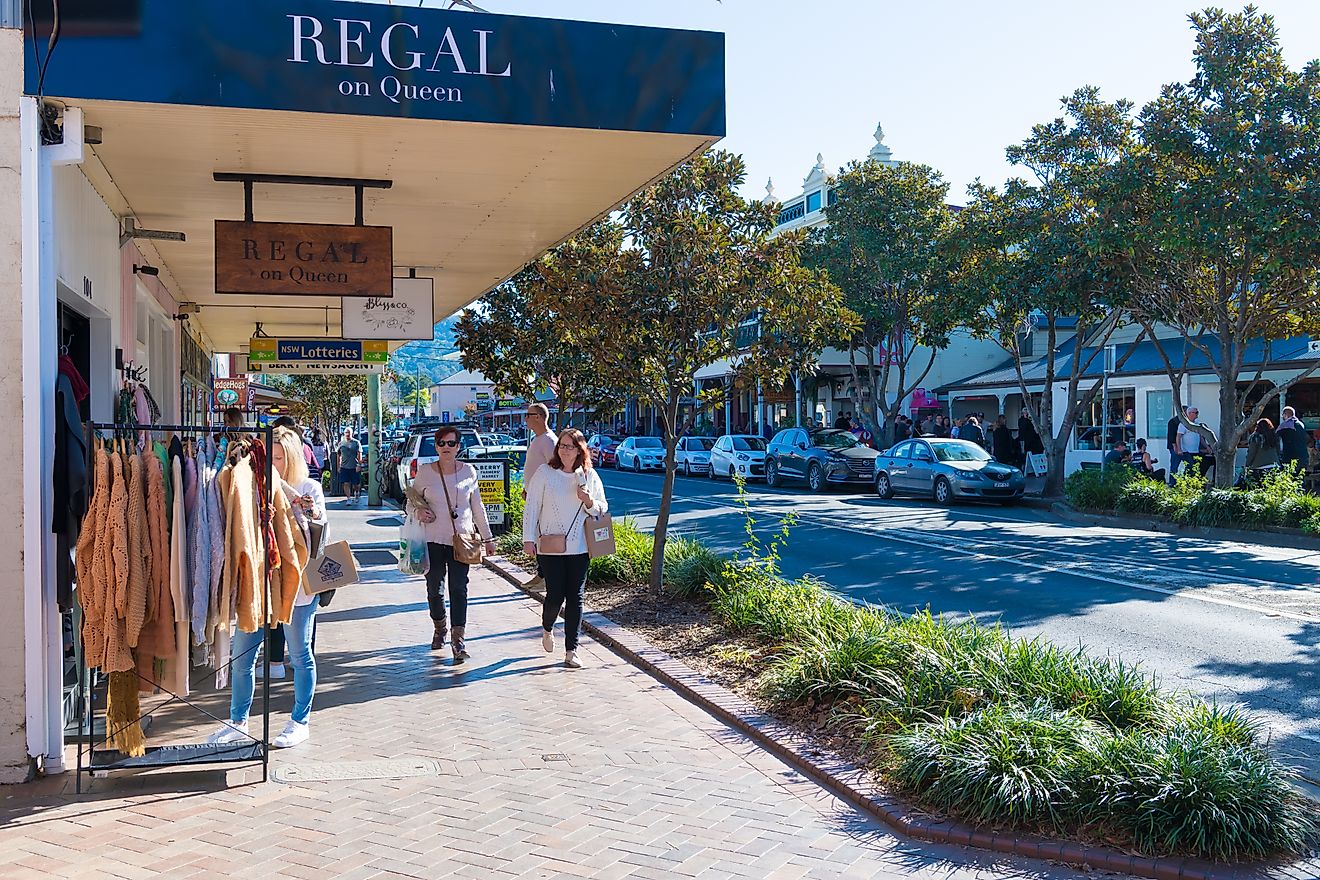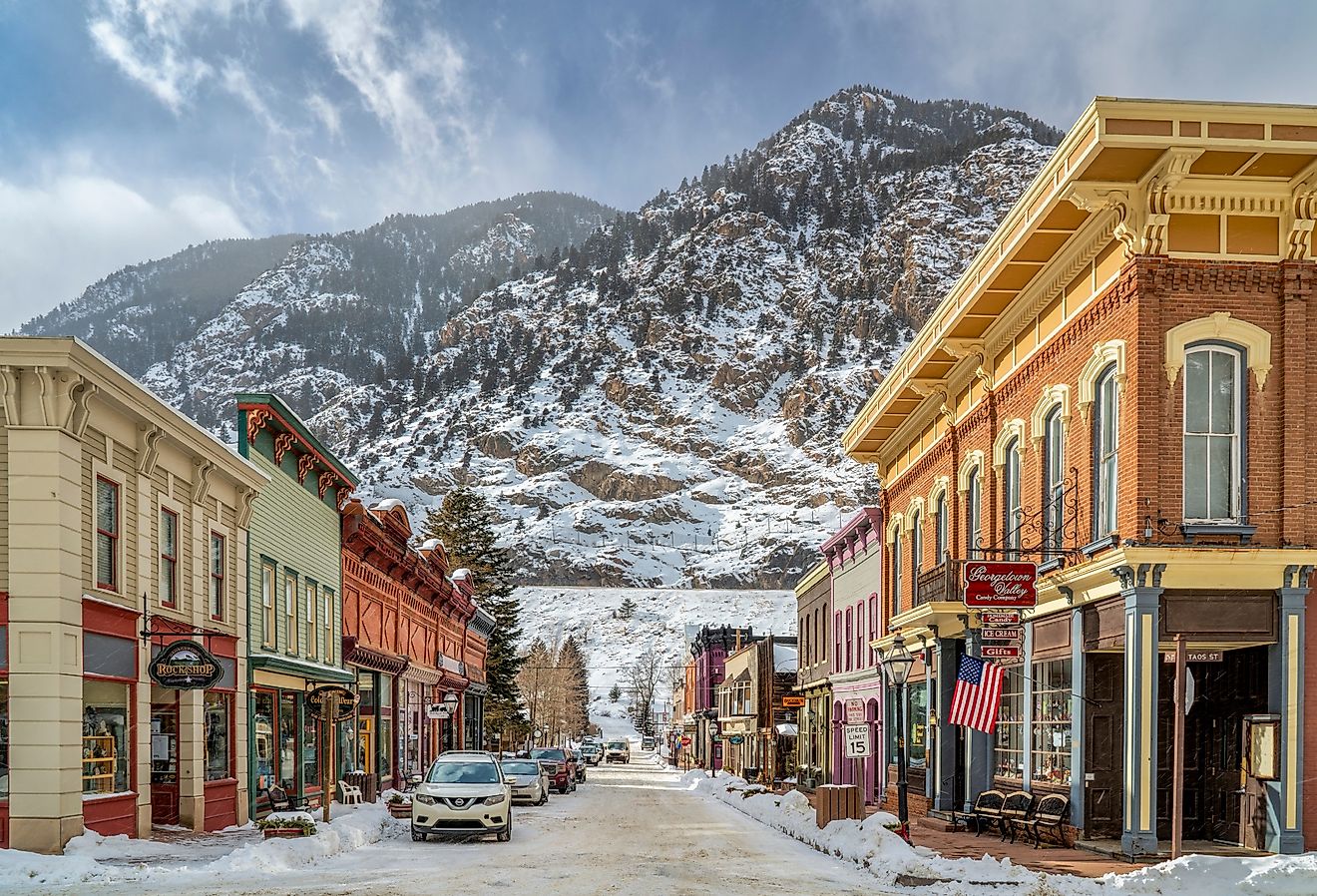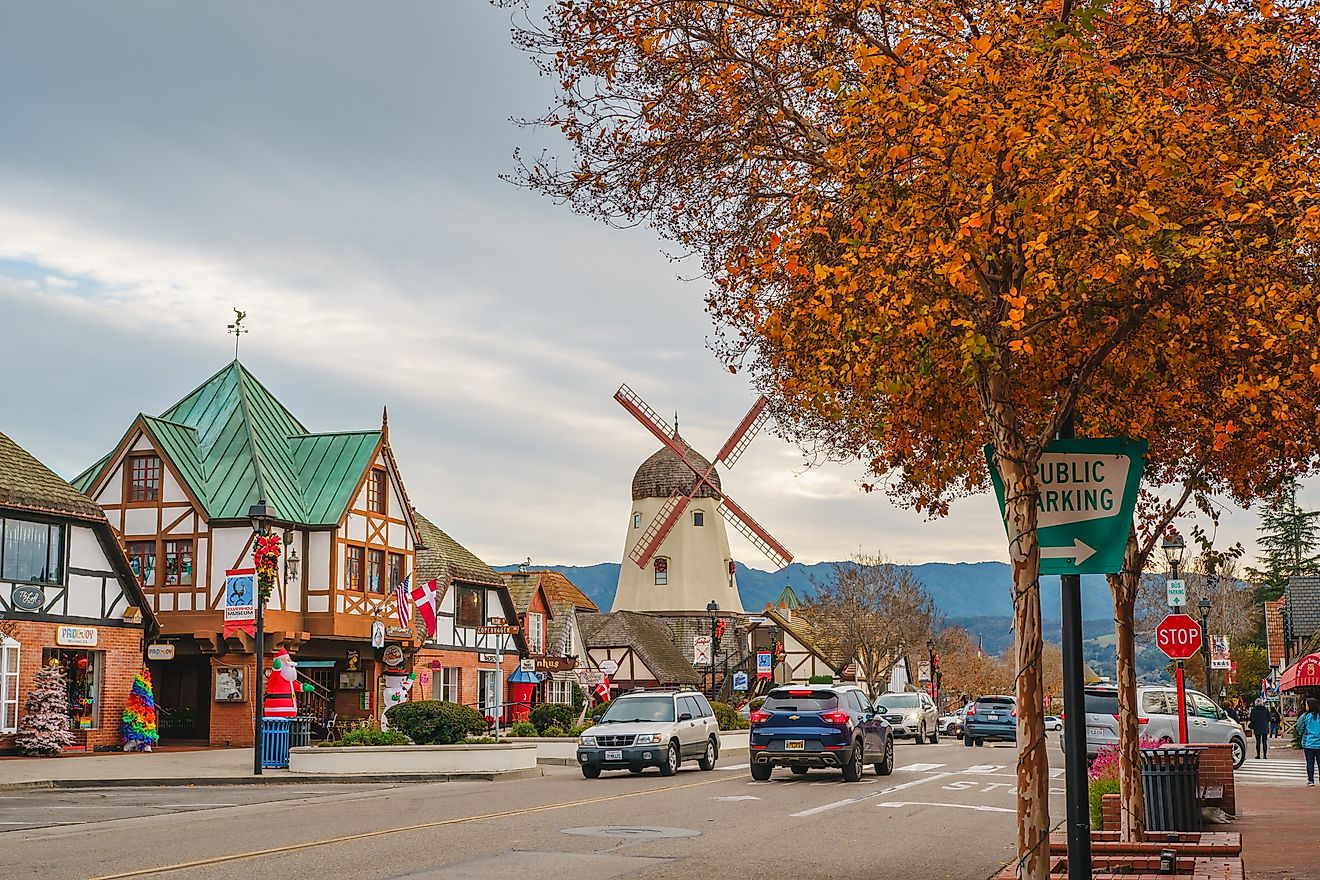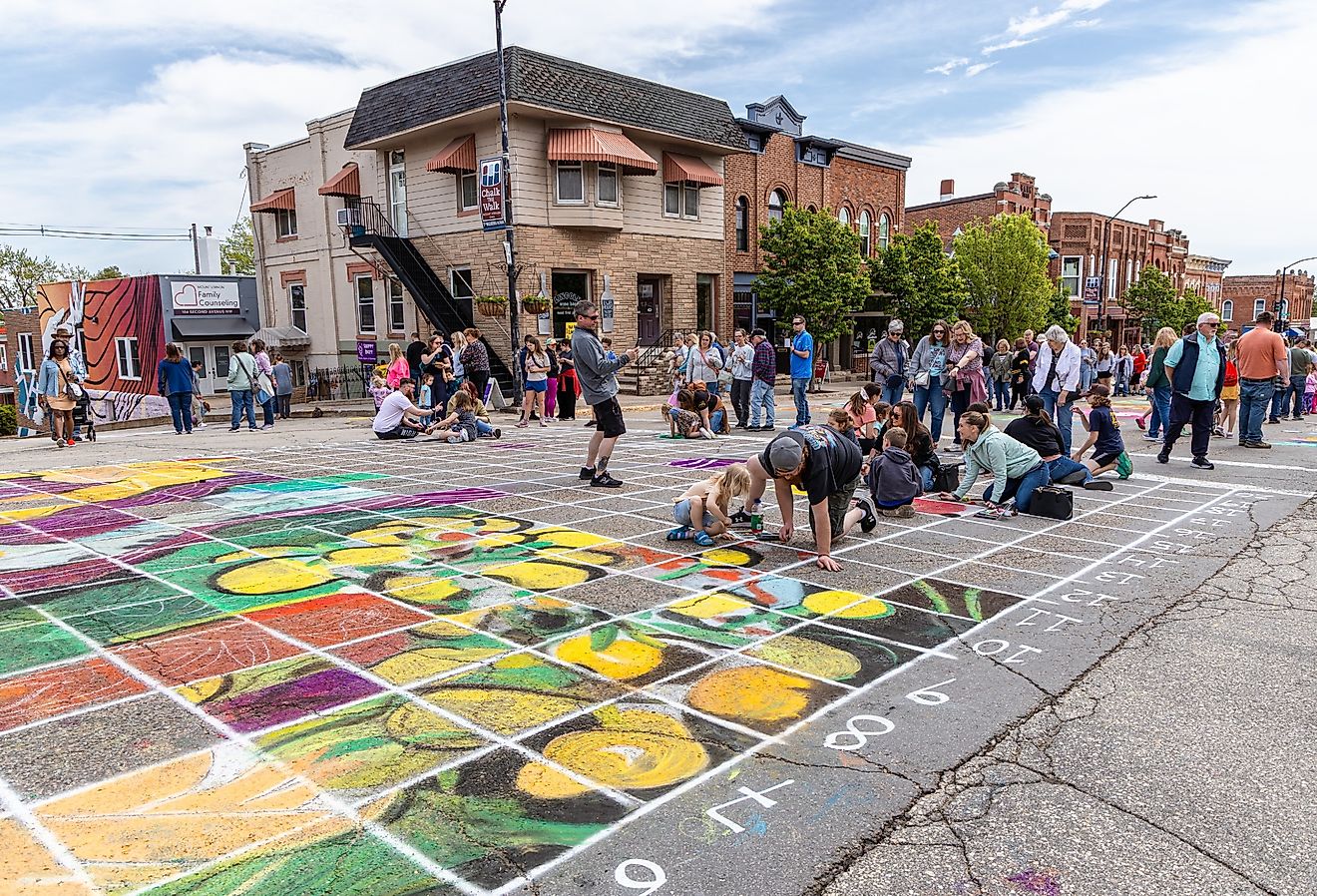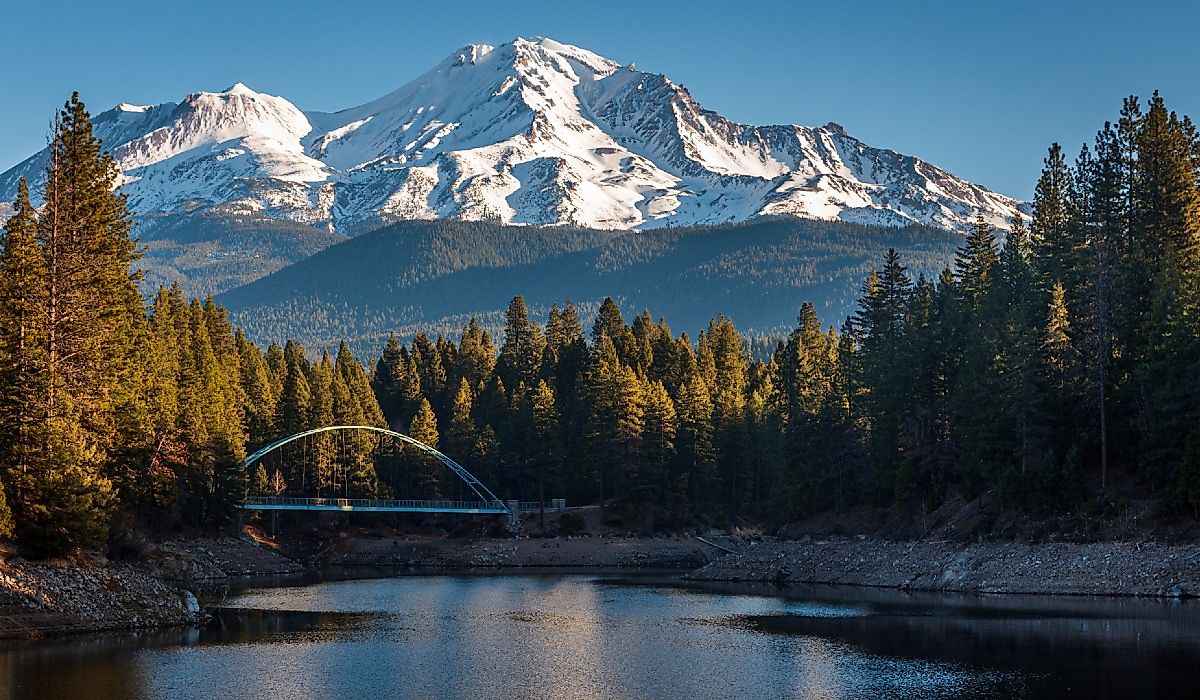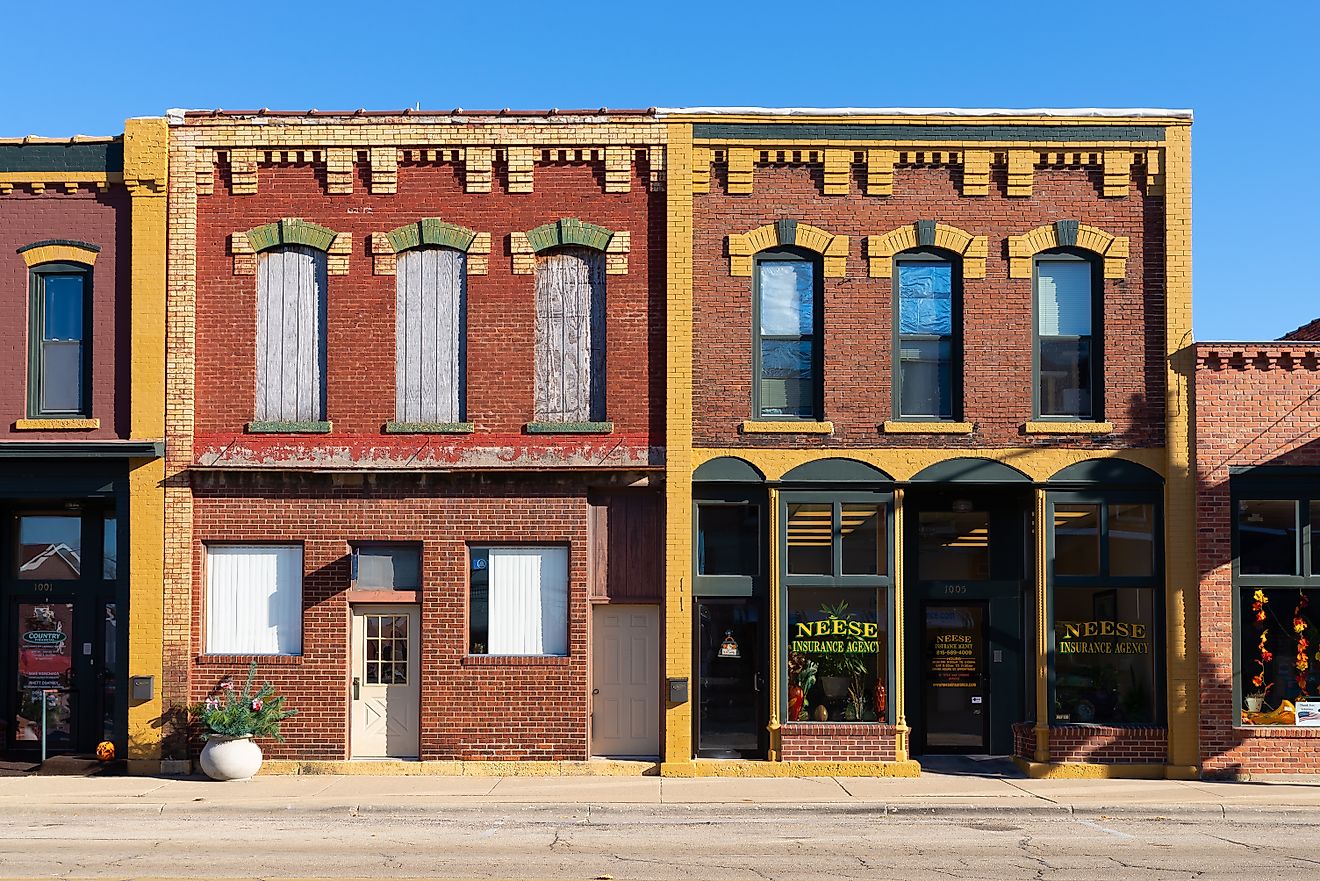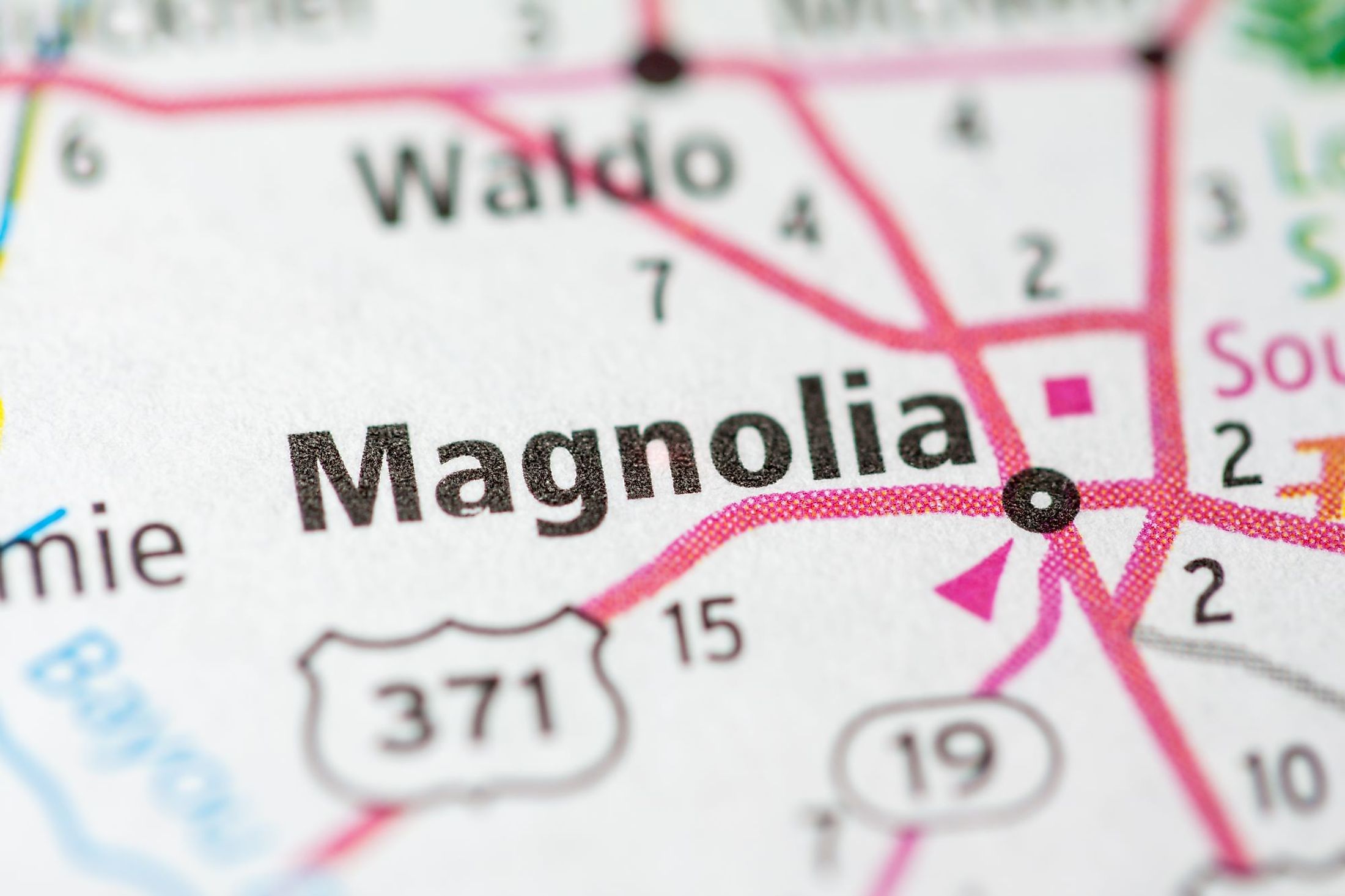
Magnolia, Arkansas
Magnolia is a small city that serves as the county seat of Columbia County in the southwestern part of the US State of Arkansas. With its thick woodlands, agricultural plains, and gentle hills, the city is the largest in Columbia County and is home to 11,162 people. In May, visitors to the city can enjoy the world-famous Magnolia Blossom Festival, which also includes the World's Largest Charcoal Grill and the World Championship Steak Cookoff.
Geography And Climate Of Magnolia
Magnolia is a small city located in the southwestern part of the US State of Arkansas and serves as the county seat of Columbia County. The city covers a total area of 34.4 sq. km, of which about 34.27 sq. km is occupied by land and 0.07 sq. km is covered by water. The city has a small and humble downtown, and the surrounding region is characterized by dense forests, farm prairies, and gently rolling hills. The average altitude of Magnolia is 103 m above sea level. In terms of nearby cities, Magnolia is roughly 80 km east of Texarkana, 121 km northeast of Shreveport, and 217 km south of Little Rock, the state capital. Magnolia is also around 17.5 km east of Lake Columbia, the only nearby large body of water.
As per the Köppen climate classification, Magnolia experiences a humid subtropical climate. Summers are hot and oppressive, winters are short, chilly, and wet, and springs and autumns are pleasant in the city. The year's hottest month is July, with an average high of 33.3 °C and low of 22.2 °C, while the year's coldest month is January, with an average low of 2.2 °C and high of 12.7 °C. The possibility of rain in Magnolia varies throughout the year, although the city receives steady rainfall. December is the wettest month in the city, with an average rainfall of 114.3 mm. August is the month with the least rain in Magnolia, with an average of 63.5 mm. The average rainfall in Magnolia is 1173.5 mm over the entire year.
Brief History Of Magnolia
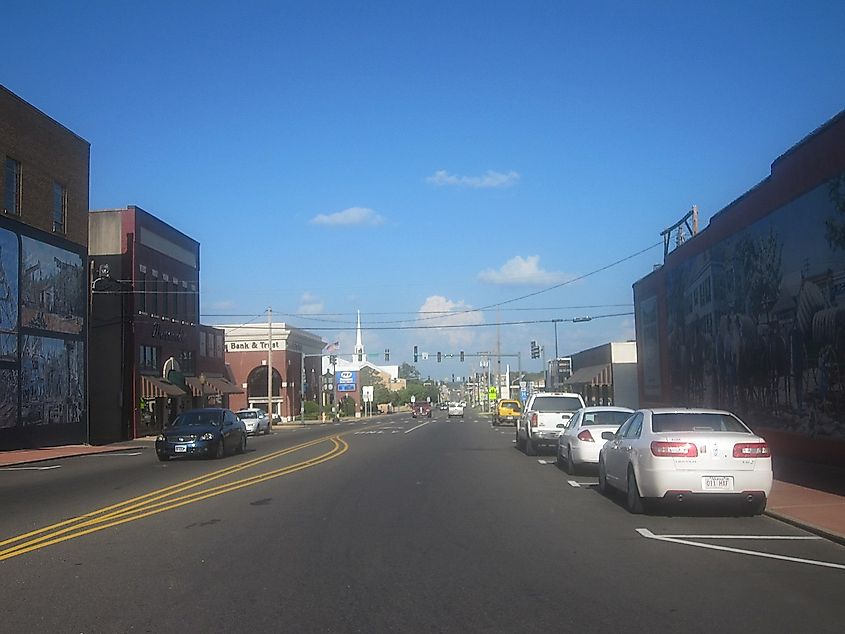
Indigenous people living in the area were the first occupants of Columbia County until European immigrants arrived when Arkansas became an official state in 1836. Columbia County became the 55th county in the US in 1852, when it was formed from four nearby counties: Lafayette, Hempstead, Ouachita, and Union. The city, designated the new county seat, was built out by the new Commissioners and named after a suggestion from the Commissioner's daughter, Miss Elizabeth Harper, in 1855. The area has traditionally struggled with relative isolation, as it was once the only county in the state without access to a navigable river. The first nearby railroad opened in 1882, although it did not travel through the city, so Magnolia residents rapidly raised funds to build a branch train line between Magnolia and McNeil station, allowing them to travel freely. In Magnolia's early days, the cotton industry reigned supreme. Markets were lured to the city and its promising resources. Unfortunately, Magnolia's thriving cotton industry was built on the back of slavery - the biggest reason why the cotton industry grew was because of the growing slave trade, where millions of African-Americans were wrongfully enslaved and forced to pick cotton in various plantations. The city's economy continued to grow as lumber demand grew, bringing the railroads from the south.
The Population And Economy Of Magnolia
According to the 2020 US Census, Magnolia had a population of 11,162 people, a huge decrease compared to the city’s 2010 population of 11,577. Around 54.9% of Magnolia residents are female, while the rest are male or non-specified. The key ethnic demographics are 50.8% White, 42.9% Black or African-American, 1.7% Asian, and 3.6% Hispanic. The median household income of Magnolia residents is $34,107, while the percentage of people that fall below the federal poverty line is 26.6%.
Magnolia began as a cotton, agricultural production, and a marketing town. Slowly, the community flourished, and Southern Arkansas University was established in 1909. During WWII, Magnolia grew into a major manufacturing center when oil and natural gas were discovered close to the city in the Magnolia Oil Field, which became the nation's greatest producing field by volume during the war. Steel, timber, aluminum, bromine, rubber-coated items, and military fuel cells were soon produced in the city. Magnolia's principal economic focus is still strongly concentrated on these heavy industrial operations in current times.
Attractions In Magnolia
Magnolia welcomes guests with a plethora of stores, restaurants, and activities. The majestic Magnolia trees that give Magnolia its name stand out in the square near the city's courthouse. Magnolia's biggest attraction is the World's Championship Steak Cook-off. Every May, thousands of people flock to the Magnolia Blossom Festival to compete and see who can cook the best steak. Lake Columbia, at 3,000 acres, is one of the largest Arkansas Game and Fish Commission impoundments in South Arkansas, and it is popular with anglers and outdoor lovers. Southern Arkansas University, a liberal arts institution in Magnolia that was founded in 1909, has a busy calendar of activities and tours of its 658-acre Agricultural and Horticultural Farm.

